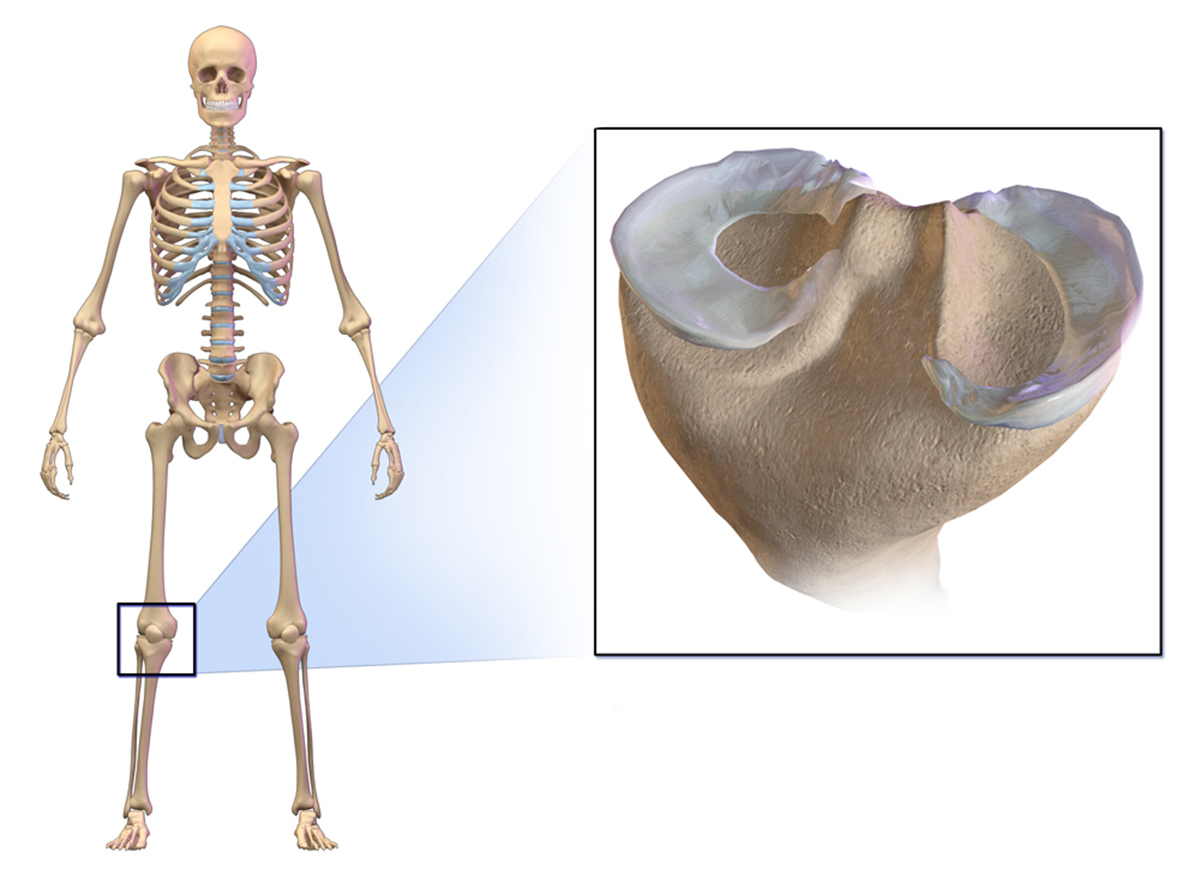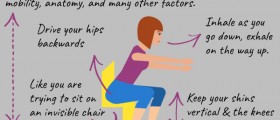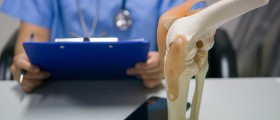
A torn meniscus is an injury to the shock absorber of the knee joint. There are two types of cartilage in the knee. Meniscus sits between the thigh bone and shin bone. Its task is to cushion the knee joint stress and stabilize it.
An acute manifestation of a torn meniscus can be treated with multiple methods. These include application of ice, resting the knee and rest in general, anti-flammatory medication use and physical therapy. These methods can help in decreasing the swelling and pain associated with this condition.
The mentioned treatments will often be more than enough to address a torn meniscus. However, this depends entirely on the size and type of the tear as well as any physical predispositions of the patient in question. Inflammation can be reduced with a cortisone injection, Still, this will only take a person so far, as it cannot influence the healing speed of the tear. If this happens to fail in providing some relief, it is maybe time to consider a surgical approach.
Surgery will likely be recommended in cases of a symptomatic meniscus tear. If it obstructs every day activities and causes considerable discomfort, a surgery is something to be seriously considered.
Best results pertaining to a surgical intervention appear when the primary symptoms are mechanical. This would mean that the tear is causing locking behavior in the knee. If the tear happens to cause solely pain, the surgery is a less reliable solution.
A meniscectomy is a procedure to remove the torn part of the meniscus. It is more common than meniscus repair surgery. The purpose of the procedure is to remove the damaged tissue and to leave the biggest possible amount of healthy meniscus. Recovery is more often than not fairly quick and uneventful. The patient usually resumes a normal lifestyle very swiftly.
A meniscus repair can achieve a restoration of the normal anatomical properties of the knee. When successful, it shows better long-term results. Be that as it may, this interventions Is far more serious. It requires a longer recuperation period.
After a person’s knee succumbs to this condition, the risk of damage to the cartilage surface of the knee joint increases significantly. Loss of meniscus creates an additional burden for the cartilage surfaces of the joint which makes them far more likely to develop wear-and-tear arthritis.
There are ways to decrease the risk of developing this annoying condition after living through a meniscus tear. Some of those are weight loss, low-impact exercise and trauma prevention.

















Your thoughts on this
Loading...